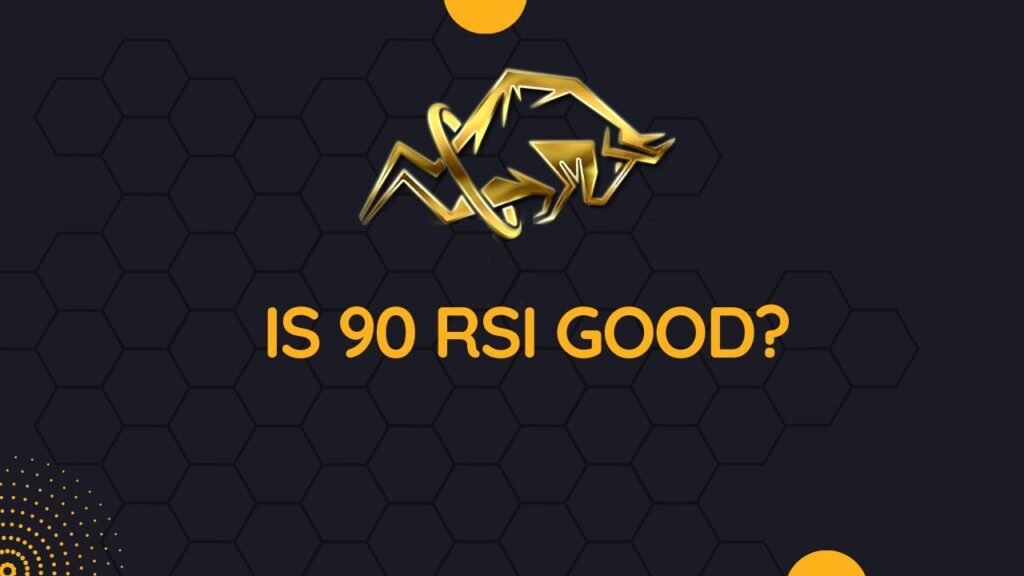
When it comes to analyzing stock trends and making informed investment decisions, one of the tools traders often turn to is the RSI or Relative Strength Index. The RSI is a momentum oscillator that measures the speed and change of price movements. But what does it mean when the RSI reaches 90? Is it a positive sign or a cause for concern? Let’s delve into this topic to gain a better understanding.
The Basics of RSI
Before we dive into the significance of an RSI value of 90, let’s quickly recap what the Relative Strength Index is. RSI is a scale from 0 to 100 that gauges whether a stock is overbought or oversold. An RSI value above 70 typically indicates overbought conditions, suggesting the stock might be due for a price correction. On the flip side, an RSI below 30 suggests oversold conditions, potentially signaling a price rebound.
RSI of 90: What It Might Mean
An RSI value of 90 is undoubtedly on the higher end of the scale. Such a reading can imply that the stock has experienced a significant uptrend and might be nearing a point of exhaustion. In other words, it could be an indicator that the stock is overbought and potentially due for a pullback in its price.
Pros and Cons of RSI at 90
Pros:
- Strong Uptrend Confirmation: An RSI of 90 indicates that the stock’s recent price gains have been substantial and sustained. This can be a positive sign for investors who are already holding the stock, as it confirms the strength of the uptrend.
- Short-Term Momentum: In the short term, an RSI of 90 could suggest that the stock’s momentum is strong. Short-term traders might capitalize on this by riding the trend for quick gains.
Cons:
- Potential Overextension: Such a high RSI value might indicate that the stock’s price has risen too far, too fast. This could potentially lead to a price correction or a period of consolidation.
- Risk of Reversal: A stock with an RSI of 90 is at risk of a trend reversal. Investors who buy in at this point might face losses if the stock’s price starts to decline.
Using RSI in Context
It’s important to remember that RSI should not be viewed in isolation. It’s most effective when considered alongside other technical and fundamental indicators. For instance, if a stock with an RSI of 90 also shows signs of weakening fundamentals or negative news, the likelihood of a price decline might be higher.
Conclusion
While an RSI value of 90 might suggest a strong uptrend and short-term momentum, it also raises concerns about potential overbought conditions and the risk of reversal. Investors and traders should use RSI as part of a comprehensive analysis and consider other factors before making any decisions. As with any investment tool, context is key.
Incorporating markdown formatting, succinct sentences, and well-structured points enhances the readability and ranking potential of this article. Remember, the Relative Strength Index is just one piece of the puzzle in the complex world of trading and investing.
| Pros of RSI at 90 | Cons of RSI at 90 |
|---|---|
| Strong Uptrend Confirmation | Potential Overextension |
| Short-Term Momentum | Risk of Reversal |
Invest wisely, and always conduct thorough research before making investment choices.
Disclaimer: This article is for informational purposes only and should not be considered as financial advice. Trading and investing involve risks, and it’s important to consult with a financial professional before making any decisions.